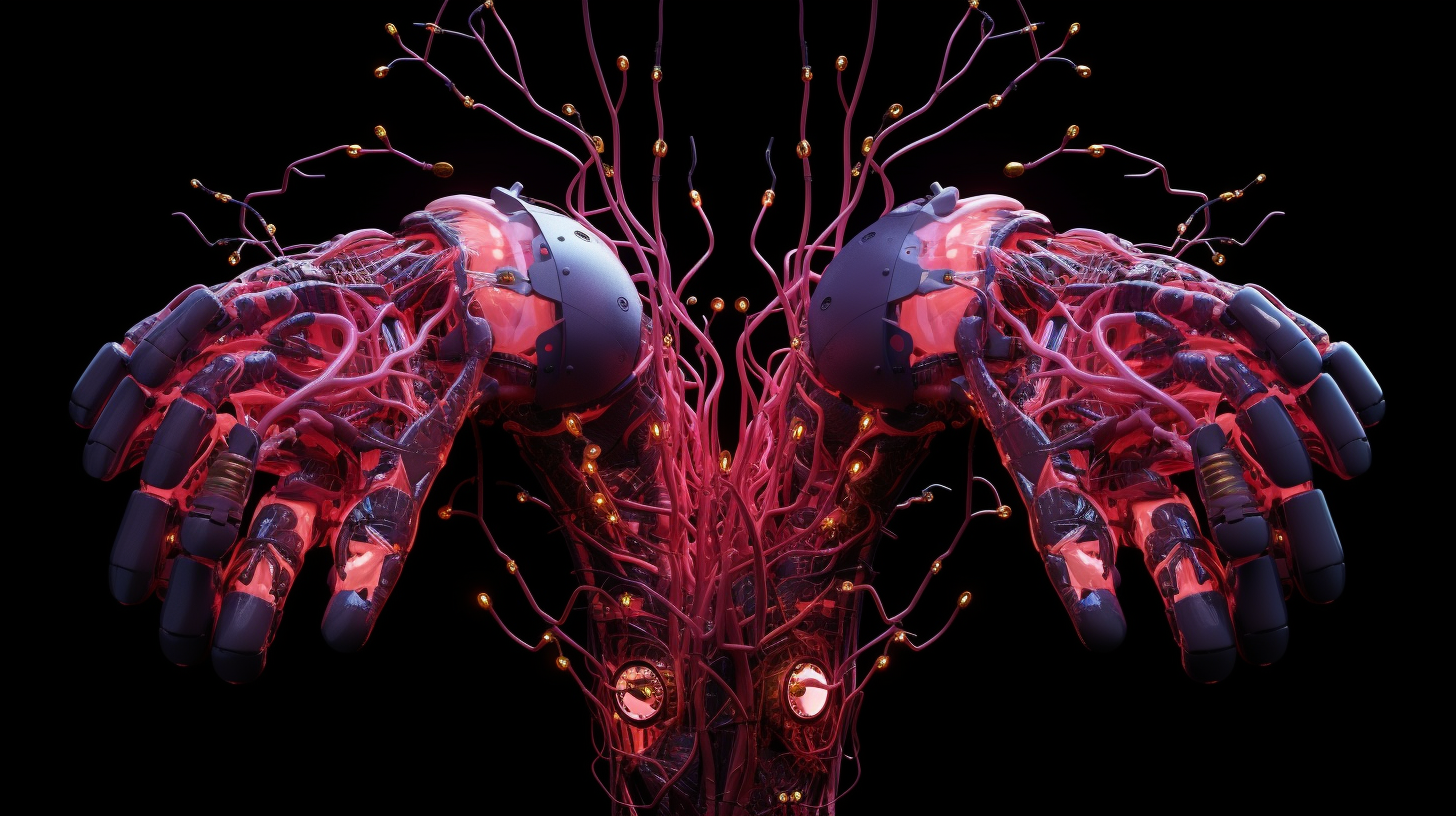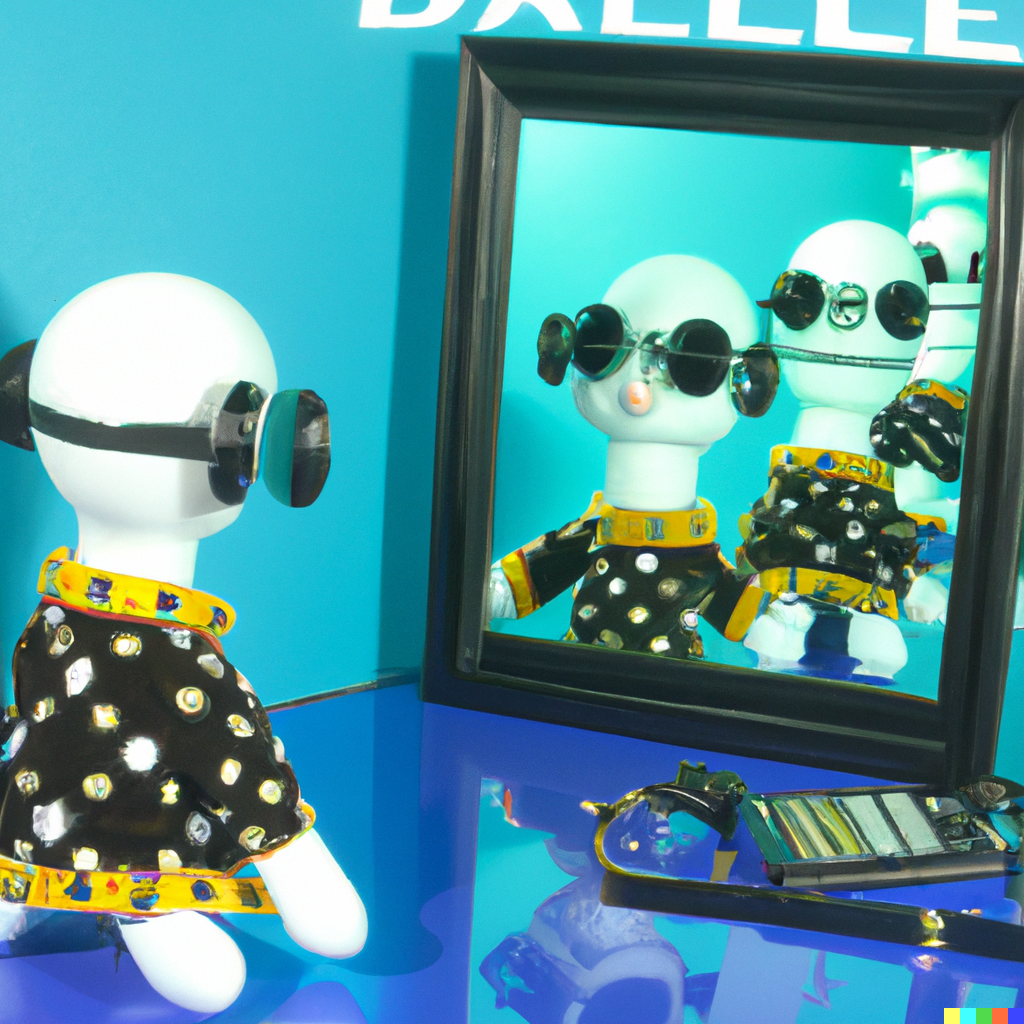A2A is to Agent to Agent as B2C is Business to Consumer as B2B is Business to Business. The digit 2 is used instead of the word “to”, and in each context, A refers to agents, B to business, and C to consumer. So what? Do the distinctions matter? If you have no strategy and don’t care, then no. It doesn’t matter. Signals about demand are irrelevant so they’re spam. If you’re building a strategy, and care about an outcome, then maybe, it could matter. Because understanding how people understand their needs and to value values [1] when assessing whether or not to search or be receptive to a solution, to consider yours versus substitutes (including nothing), to decide if[…]
Category: Artificial Intelligence
Data practitioners: data scientists, analysts, researchers, data engineers, data ops engineers, machine learning engineers and artificial intelligence engineers, all dedicate considerable time and energy clarifying and purifying data in the belief that some system, be it human or artificial, will make better decisions with better data. There’s a belief, optimism, that accuracy and validity help to drive understanding, reason, and in general, better. It’s better to be accurate with fatter error bars, experience more discomfort with the ambiguity and make decisions that make things somewhat better than to feel extremely confident and making things a lot worse. Ground truth is difficult to chart, and it’s the bedrock upon which progress is built. It’s why we bother to try. In our[…]
Paul Graham wrote on May 9: “Observation suggests that people are switching to using ChatGPT to write things for them with almost indecent haste. Most people hate to write as much as they hate math. Way more than admit it. Within a year the median piece of writing could be by AI. … I warn you now, this is going to have unfortunate consequences, just as switching to living in suburbia and driving everywhere did. When you lose the ability to write, you also lose some of your ability to think. I don’t have the slightest hope of averting this switch. I often tell startups it’s safe to bet on laziness, and this is one of the biggest bets on[…]
You may have noticed a lot of sharing of Open AI’s Generative Pre-trained Transformer 3 (GPT-3) and ChatGPT screenshots. The most popular tend to be funny. I asked ChatGPT to describe in a style that Stephen King would write, a scene describing somebody struggling to decide which brand of toilet paper to buy. The result is fun. Here’s one about writing a script in Seinfeld style: In the sense that you can recognize the blend of styles. Elements of relevance and divergence are provided by the prompts. The evaluation, on the part of this author, is entirely subjective. And in some ways, carbon dated. Years from now, the bubble sort will be around. Probably. The knowledge of what a typical[…]
Is what is happening in analytics, in industry, an evolution or a revolution? What is Analytics is the science of data analysis. Those who practice analytics self-identify as analyst, digital analyst, marketing scientist, data engineer, researcher, among many others. Tukey (1962, The Future of Data Analysis, The Annals of Mathematical Statistics, (33), 1) called them all practitioners. The goal of the practitioner depends on their context. That context largely, but not always, depends on the state of knowledge, state of the culture, or sometimes, normatively, the state of maturity, of the group they belong to. Large organizations can have a large amount of difference within them. It’s not uncommon for an operations department to be extremely mature and for its[…]
The whole thing, all of it, depends on optimism. Optimistic expectation is a natural force generated by humans and amplified by the networks that humans create. At the core of the entire traditional liberal paradigm, since the enlightenment, is the expectation that things will be better in the future. If things get better at a rate of just 2% per year, compounded annually, things get twice as good in just 35 years. If things get better at just a little bit more than that, 3.6%, things get twice as good in just 20 years. We’ve come to expect things to become better, dependably, and predictably. The enlightenment is an important event to call out. It’s way easier to shrug ones[…]
This is a dense post. Feldman and March, in 1981, wrote “Information in Organizations as Signal and Symbol”. And it makes good predictions about what a management scientist type would say about the purpose of information in an organization. Indeed, just last month, I hyped Carl Anderson’s 2015 original position yet again, in the framing of information as assisting learning. Feldman and March are cited by another piece that’s been weighing heavily since February. Alvesson and Spicer’s 2012 hit “A Stupidity-Based Theory of Organizations” explains why seemingly intelligent people pretend to be dumber than they are. Please don’t misinterpret this passage. It’s not the case that everybody is stupid. Sometimes people act dumber because they have to go-along-to-get-along. Are you[…]
You may have been to a conference. Ever wonder why they’re the way they are? The Conference Market(s) Different people hire a conference to do different jobs. For some, a conference is a chance to learn, be exposed to new ideas, and exit a comfort zone. Or, to enter a comfort zone to be exposed to new ideas and feel safe enough to learn. For some, it’s entirely about networking with colleagues, or recruiting, or to be recruited. For others, a conference is a chance to spam people with signing authority with their marketing messages. Or to upsell. Or to crossell. Or to retain. For others still, a conference is a reason to visit a city. To get the hell[…]
It was a treat to see these three – Yoshua Bengio, Yann Lecun, and Geoffrey Hinton – for an afternoon. Easily the best three consecutive hours I’ve ever seen at a conference. They remarked that Canada continues to invest in primary research. And this is a strength. Much of the exploratory work these three executed in the 80’s, 90’s and naughties was foundational to industrial applications which came after. Much of reinforcement and deep learning has moved on into industrial application. For the three grandfathers of deep learning, all of these algorithms and methods move into the realm of solved problems. For those of us in industry, there remains a lot of work to realize the benefits of deep learning.[…]
Hinton is quoted as saying, with respect to back propagation, “I don’t think it’s how the brain works”. You can read the full article here. Back Propagation To oversimplify, in Back Propagation, the influence of each neuron is rewarded based on how well it predicts something. Accurate predictions are rewarded with more influence. Bad predictions are punished with less. This is how the machine learns. And there’s a lot of optimism about Back Propagation. It’s really useful and generates fairly predictable machines. As data scientists, we like this. And as data scientists, we should also like what Hinton is hinting at. Kuhn It’s much more likely than not that we’re approaching a local maxima on this thread of research. I’m[…]




